Only in St. Petersburg
Eugene Lazarenko, deputy editor-in-chief at Time Out St. Petersburg, explores Russia's ballet revolution
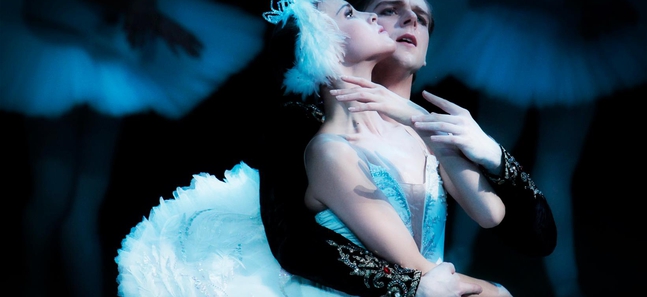
Mariinsky Theatre's Vladimir Shklyarov with Alina Somova
Posted: Wed May 07 2014
Soviet people used to joke that 'with ballet we're ahead of the planet as well' comparing our dancers' achievements to making a huge arsenal of rockets. Since before the time of legendary Diaghilev's 1906 'Russian Seasons' (the biggest Russian-European multicultural project in history), it has been obvious that the best choreography in Russia is provided by the ballet companies from St. Petersburg. Perhaps some of the gloss was knocked off during the economic troubles of the 1990s, when we were rarely able to send ballet troupes abroad and the only thing that mattered was to preserve the traditional school from extinction. But these days St. Petersburg's ballet is making headlines all over the world once again, in particular thanks to two companies: one fondly cherishing the classic approach and the other marching into controversial modern territories.
Mariinsky plays it safe

For ages, literally, the dancers from the Mariinsky Theatre – or Kirov's, as in Soviet times – symbolised traditional Russian ballet. Vaslav Nijinsky, Anna Pavlova, Mikhail Baryshnikov, Rudolf Noureev, Farukh Ruzimatov, to name a few, all had strong connections to the theatre. Today the new primas' names shine as brightly as theirs did. As noted by The Telegraph, Ulyana Lopatkina 'more than any other dancer reveals both the absolute rigour of her training and an instinctive dignity and musicality that is all her own'. First coming to prominence in 1995 at London's Coliseum as Odette-Odile in 'Swan Lake', Lopatkina received her first Benois de la Danse award the following year, taking her first step to international stardom. Unfortunately for non-Russian audiences, after having a baby as well as recovering from an injury, she's now reluctant to go on lengthy tours with the company, so it's a rare pleasure to see her shine anywhere abroad.
 Ulyana Lopatkina
Ulyana LopatkinaSome, however, were lucky enough to see her perform in 2008 at the New York City Center, its walls covered with posters of her face, where she stole the ovation with her immaculate Raymonda routine. Not that she overshadowed another of Mariinsky's primas, Diana Vishneva. Having already been a guest star at Berlin's State Opera and the American Ballet Theatre, and having starred in several domestic projects staged specially for her, Vishneva's hyper-emotional rendition of the Dying Swan in the same show gained her status as one of the two greatest dancers in the world, according to The New York Times (and emphasised by the fact that the only poster with Vishneva's picture featured was stolen from the board that night). She has continued to soar since then.
 Diana Vishneva
Diana VishnevaBut not only primas achieve such wide recognition. A group of younger male principal dancers are keeping Mariinsky's stakes high as ever too. Vladimir Shklyarov (pictured top), for one, deserves a mention. 'A true blue-blood', as described by the Financial Times, he has gained the public's attention as a star of several Mariinsky galas in Europe, Asia and Africa, and as part of the theatre's first worlwide 3D broadcast in 2012.
With so much going for it, It's a shame that Mariinsky seems to only want to offer century-old productions, if this season's European-American tour is anything to go by. It's rare, for example, to see George Balanchine's praised 'Serenade' or 'Rubies', in which Russian dancers easily outdo their American peers. Not to mention the many bright, modern productions by young choreographers, such as Emil Faski's 'Simple Things' with music by Arvo Pärt, or Sasha Waltz's new take on 'The Rite of Spring'. Maybe dwelling on old-time favourites is not the best way to show that Russian ballet is alive and kicking.
Mikhailovsky makes controversy the new face of the city's ballet
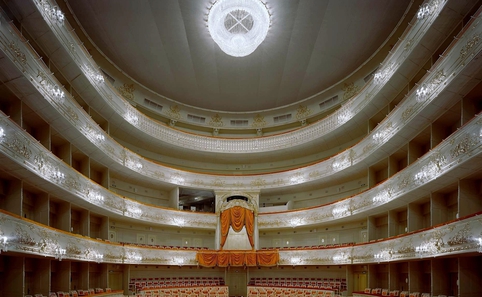
While Mariinsky keeps tradition well preserved, Mikhailovsky Theatre – which had little to offer 10 years ago – is coming out of the woodwork and gaining attention with new names and productions on the list. In 2008 they had their first international hit with a global tour of a controversially renewed version of Ruzimatov's 'Spartacus', featuring overtly sexual scenes and live tigers. After trying to beat Mariinsky in its own territory with a modern 'Swan Lake', Mikhailovsky's new general director Vladimir Kekhman (a fruit importer who personally invested millions to improve the theatre) recruited Spanish contemporary dancer and choreographer Nacho Duato, who studied at Maurice Bejart's Mudra School, as the new artistic director in 2011. Duato's mission was to apply modern choreography to the classically trained troupe.
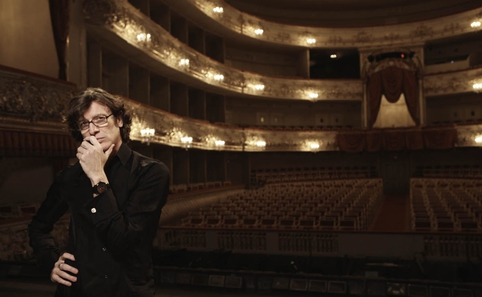 Nacho Duato
Nacho DuatoKekhman also made another strategic, and controversial, move when he poached two star dancers from Moscow's Bolshoi Theatre – bright twentysomethings Ivan Vasiliev and Natalia Osipova. Even President Vladimir Putin sat up and took notice of this – he publicly addressed guiltless Valery Gergiev, Mariinsky's general director, saying, 'You should stop enticing away the Bolshoi's dancers.' Gergiev, who had no link to Kekhman's 'stealing' of the Bolshoi dancers, responded by saying Putin's comments should be directed to 'a colleague who is present here'.
 Ivan Vasiliev and Natalia Osipova
Ivan Vasiliev and Natalia OsipovaWith Vasiliev and Osipova aboard, Duato has made ten ballets over three years, including renewed classics like 'The Nutckracker' and 'Romeo and Juliet' alongside a host of contemporary productions like the stunning 'Without Words'. Touring these, the theatre's ballet has easily gained international praise, even winning the Best Foreign Dance Company award at the Critics' Circle National Dance Awards in the UK. An achievement the theatre couldn't have dreamed of just a few years ago.
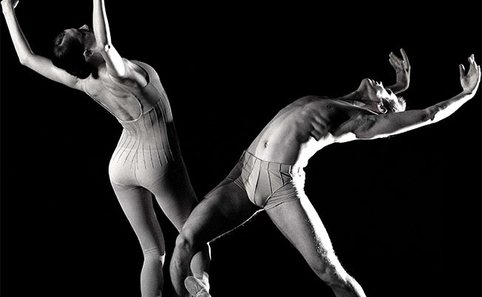 'Without Words'
'Without Words'Since Russia's current Minister of Culture Vladimir Medinsky became the Chairman of the Board of Trustees for Mikhailovsky last year, a whole new chapter in the theatre's history has begun, involving not only inclusion in many federal cultural programmes but also more intensive touring around the globe. But perhaps the main achievement here is in Mikhailovsky shaking the hegemony of Mariinsky as the only St. Petersburg dance company known to the world.
Tweets
- About Us |
- Work for Time Out |
- Send us info |
- Advertising |
- Mobile edition |
- Terms & Conditions |
- Privacy policy |
- Contact Us
Copyright © 2014 Time Out Tokyo



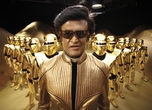

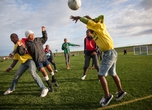
Add your comment